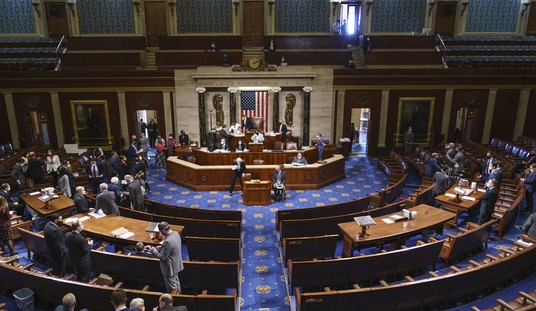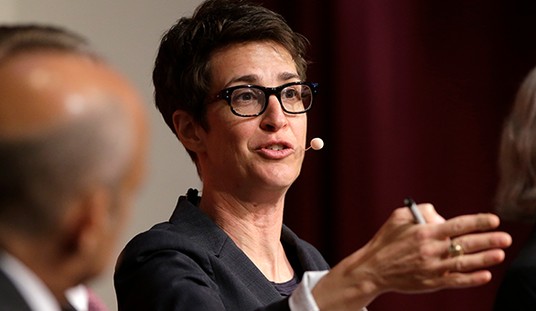In early June, the Environmental Protection Agency will launch the most determined assault on American business since the 1970’s when they unveil new regulations governing the release of carbon dioxide by power plants.
The new regs are ostensibly aimed primarily at coal-fired power plants. But similar regulations are in the works that will impact dozens of industries and tens of millions of consumers who will see their electric bills skyrocket (as promised by candidate Obama).
The new regulations may also mean the virtual death of the coal industry, already hit hard by other EPA regs, costing tens of thousands of jobs.
Once published, the EPA will ask for comments on the new regs, looking at the summer of 2015 for the rules to become final. There will also be legal challenges to be overcome. But with the Supreme Court already having ruled that CO2 is a “poison” and the EPA can legally regulate it, any challenge to the regulations faces an uphill climb.
The move could produce a dramatic makeover of the power industry, shifting it away from coal-burning plants toward natural gas, solar and wind. While this is the big move environmentalists have been yearning for, it also has major political implications in November for a president already under fire for what the GOP is branding a job-killing “War on Coal,” and promises to be an election issue in energy-producing states such as West Virginia, Kentucky and Louisiana.
The EPA’s proposed rule is aimed at scaling back carbon emissions from existing power plants, the nation’s largest source of greenhouse gases. It’s scheduled for a public rollout June 2, after months of efforts by the administration to publicize the mounting scientific evidence that rising seas, melting glaciers and worsening storms pose a danger to human society.
“This rule is the most significant climate action this administration will take,” said Kyle Aarons at the Center for Climate and Energy Solutions, one of a host of groups awaiting the rule’s release. Sen. Sheldon Whitehouse (D-R.I.) has urged the EPA to “go ahead boldly” with the rule, saying the agency must step in where Congress has refused to act.
But for coal country, the rule is yet another indignity for an industry already facing a wave of power plant shutdowns amid hostile market forces and a series of separate EPA air regulations. Coal-state Democrats like West Virginia Sen. Joe Manchin have joined the criticism, echoing industry warnings that the fossil fuel was crucial to keeping the lights on in much of the U.S. during this past brutal winter.
“You have another polar vortex next year, how many people will lose their lives?” Manchin asked at a POLITICO energy policy forum Tuesday.
Manchin may or may not have a point. Certainly, coal fired plants will find it too expensive to operate, thus reducing the amount of electricity generated in the US. But it’s unclear whether there will be any actual shortages due to this loss of capacity as other plants can increase their output. Of course, all of this means much higher electric costs that will be passed on to the consumer.
The EPA insists that coal and carbon regulation can co-exist:
Despite opponents’ warnings that the rule will be a death sentence for coal-fired power, EPA leaders have been adamant that they’ll offer states ample “flexibility” to devise their own ways to cut carbon. Some states may join regional cap-and-trade networks, similar to an existing Northeastern compact that has co-existed with coal plants for years. Others could push for investments in wind and solar power, or in energy efficiency programs that help homeowners and businesses reduce their demand for electricity.
The rule, set to become final in mid-2015, would apply to the nation’s thousands of coal and natural gas-fired power plants. But coal — the cheapest, dirtiest and most abundant fossil fuel — would bear the heaviest burden.
That means its impact could be greatest in states like Kentucky, a major coal producer that gets as much as 90 percent of its power from the fuel — and which as recently as 2010 had the country’s lowest electricity prices. It’s also a crucial state in the 2014 Senate electoral calendar.
All of this because the administration has determined that climate change is impacting the US now and cutting emissions will somehow save us. If we’re that close to destruction, it’s already far too late to reverse or slow down the warming process. Besides, there is no evidence that any of these regulations will reduce the amount of greenhouse gases in the atmosphere by one, single molecule. That’s because China and India — who will be constructing dozens of new coal fired plants over the next few years — will more than make up for any reduction in CO2 emissions from the US.
The coal industry is still years away from any kind of clean burning process that would take most of the CO2 out of emissions. By that time, there probably won’t be much call for coal as an energy source anyway.










Join the conversation as a VIP Member